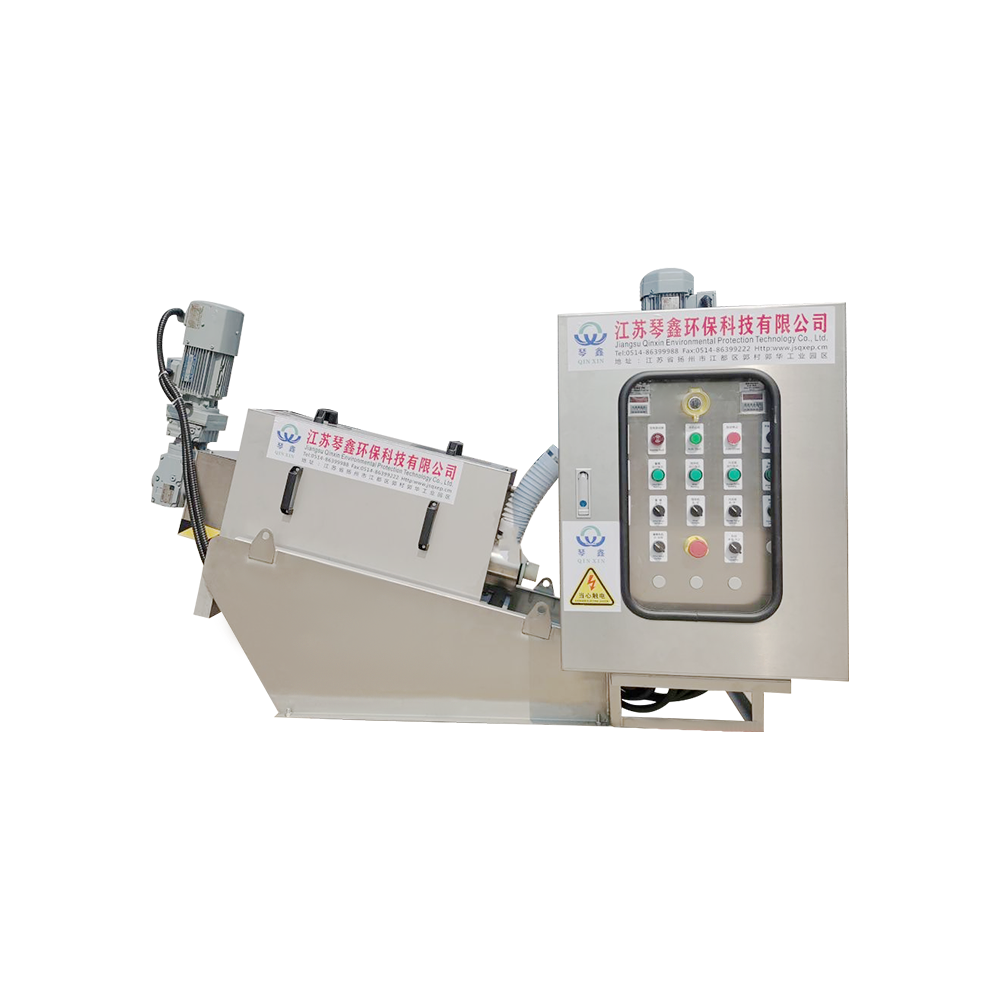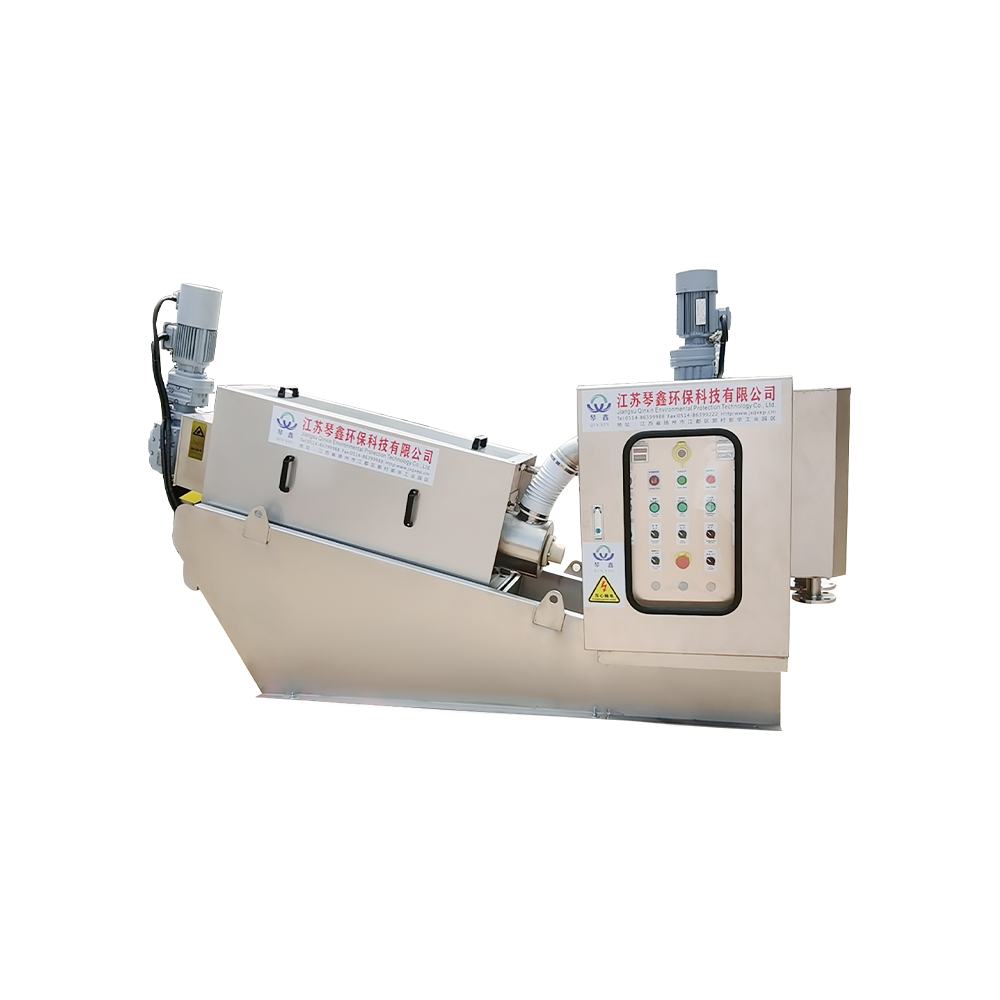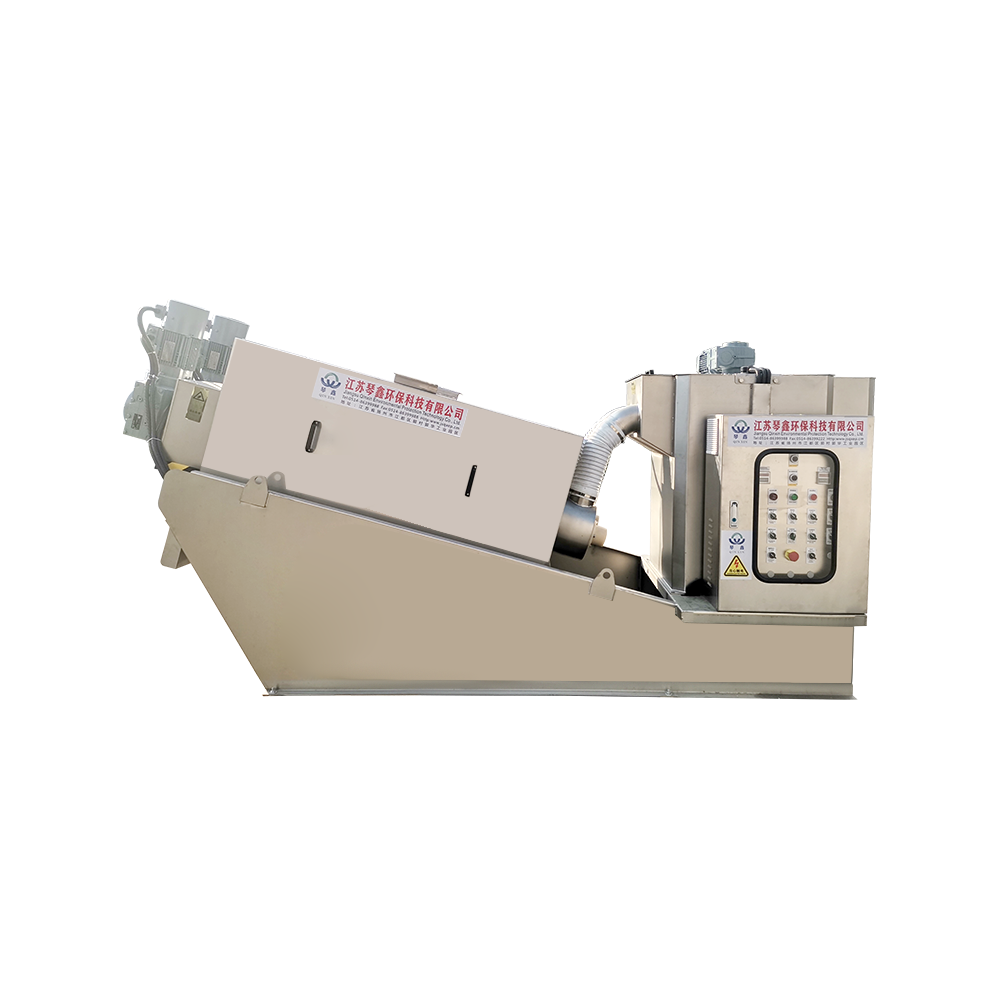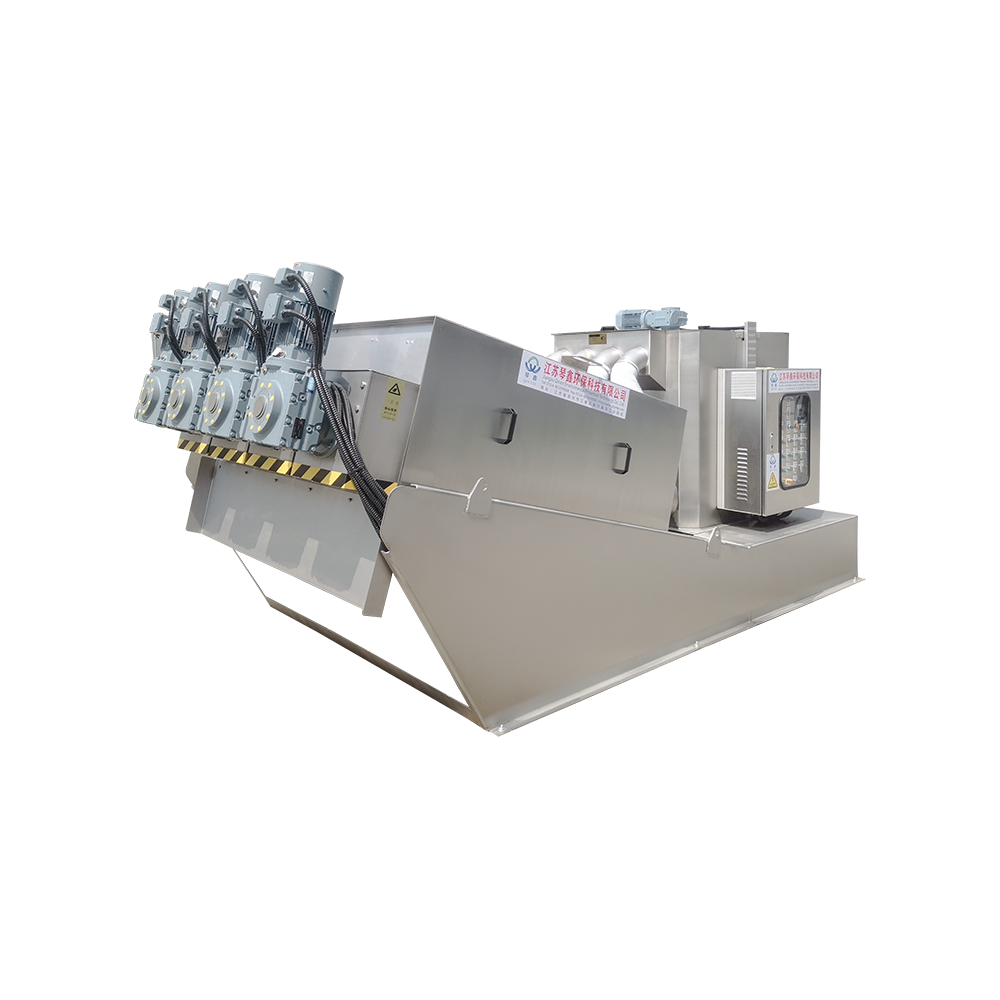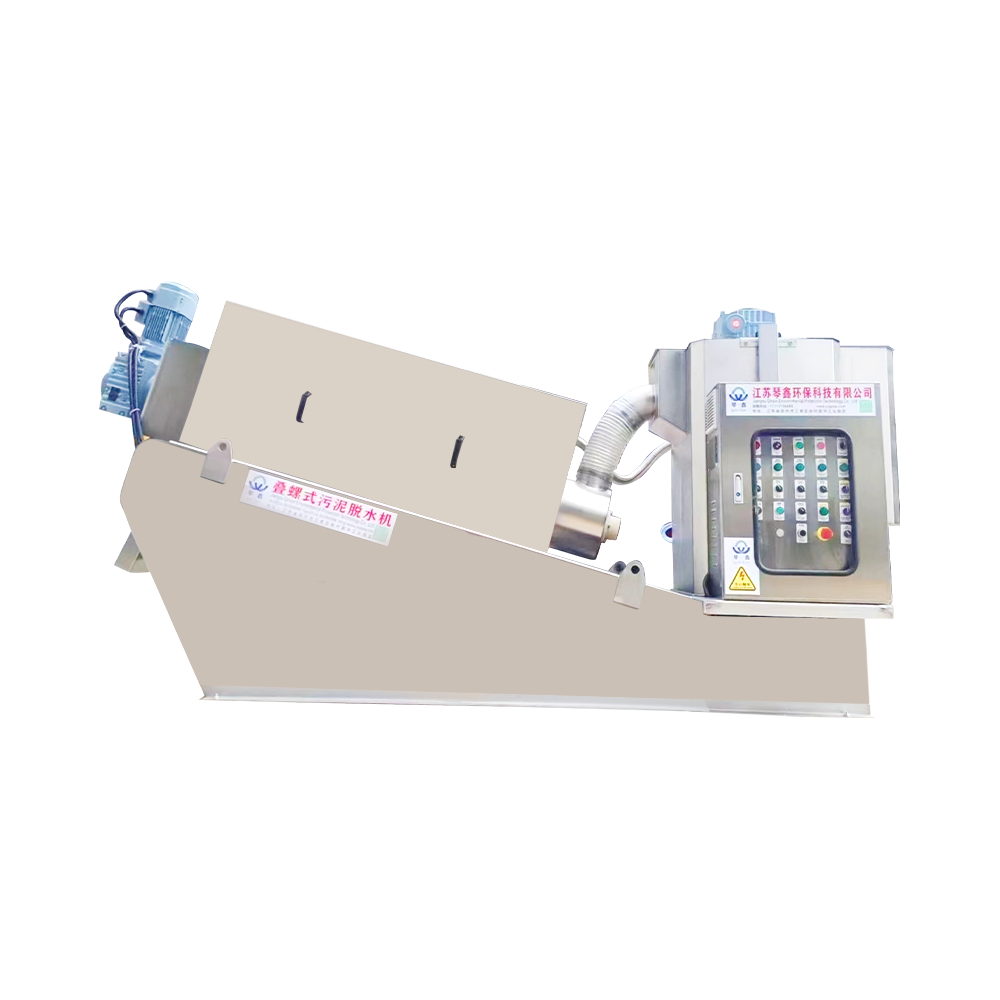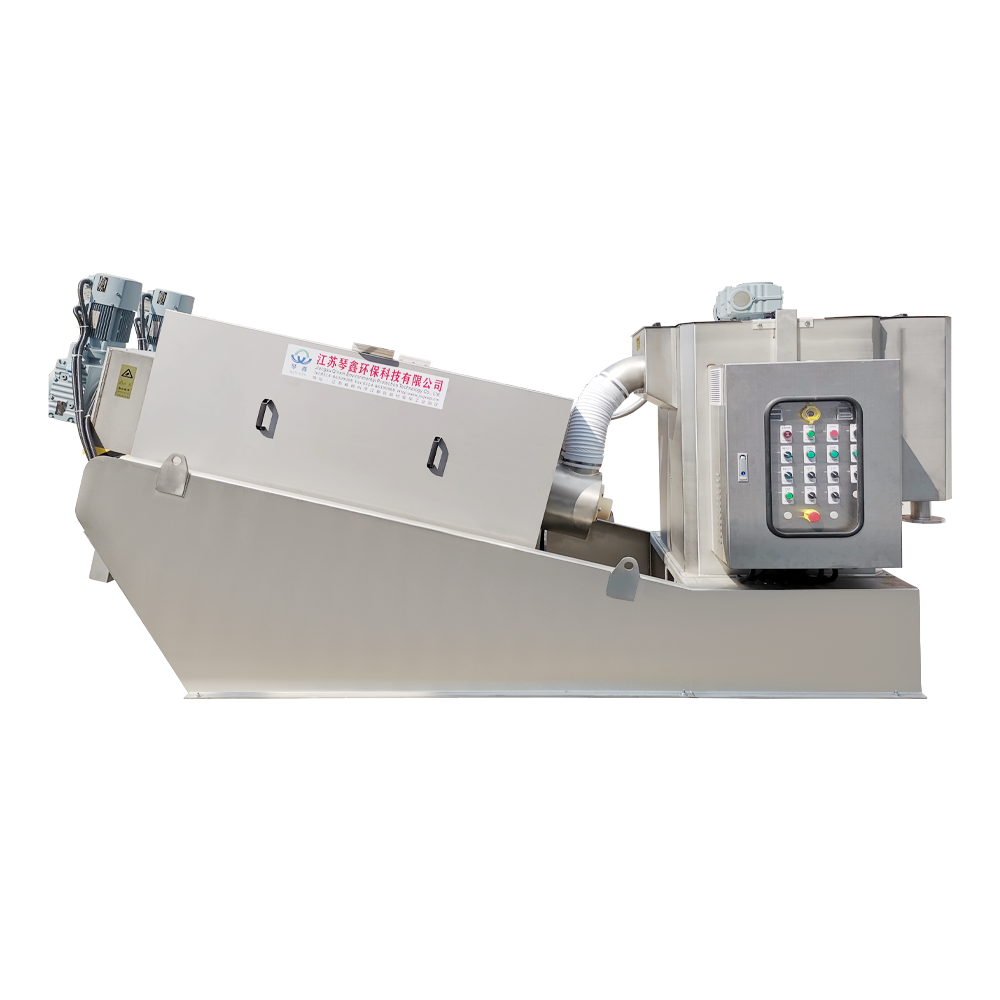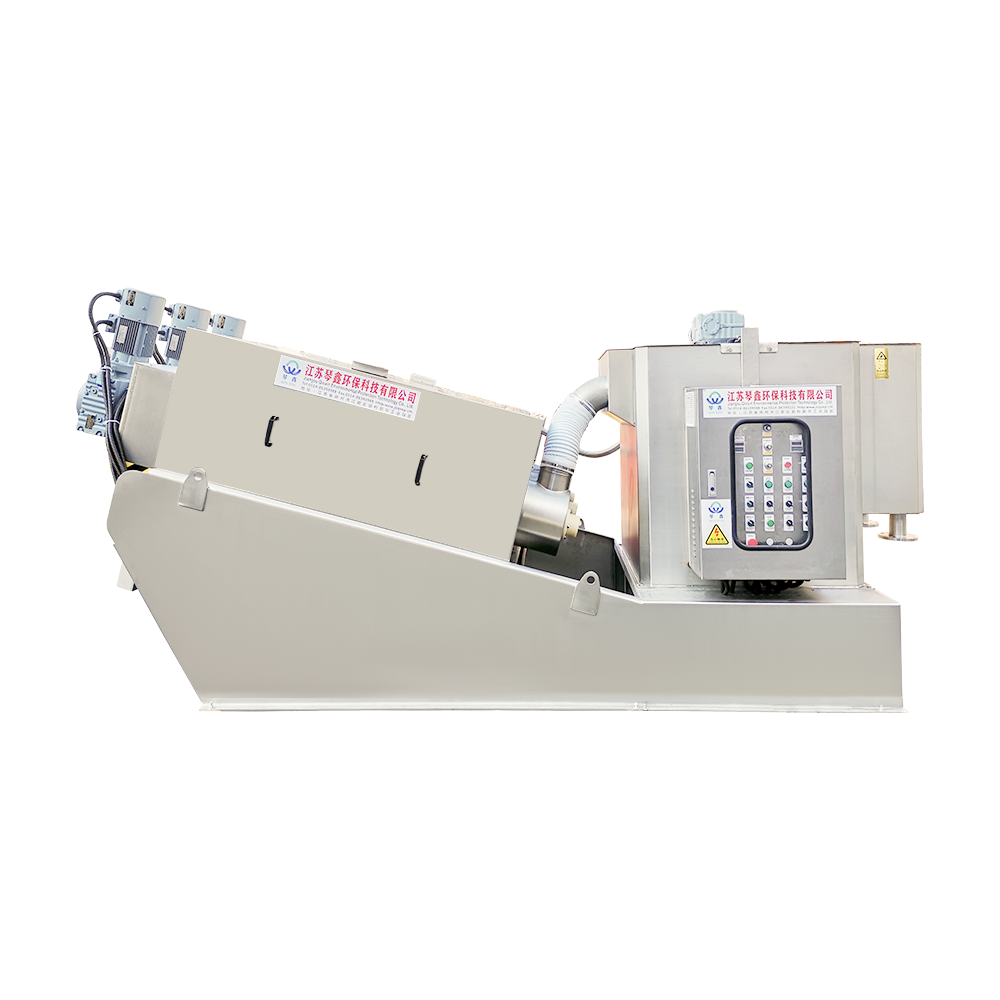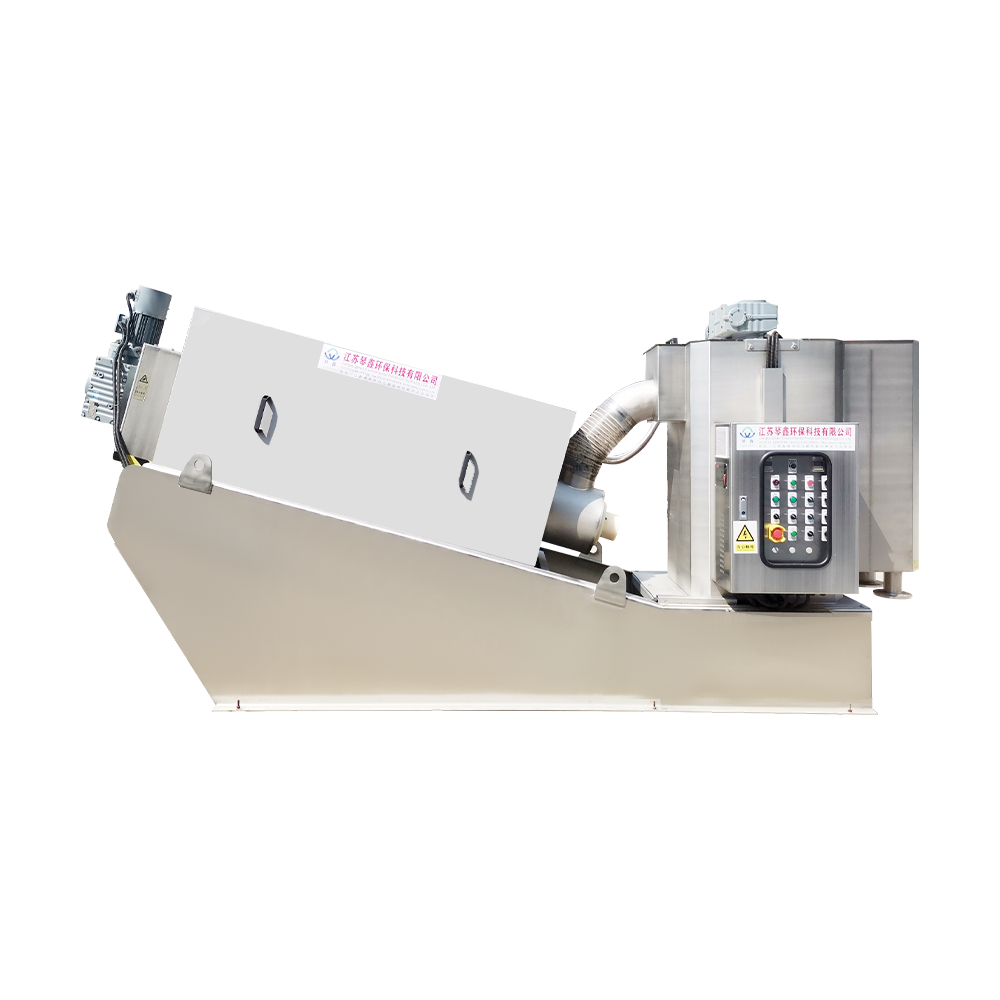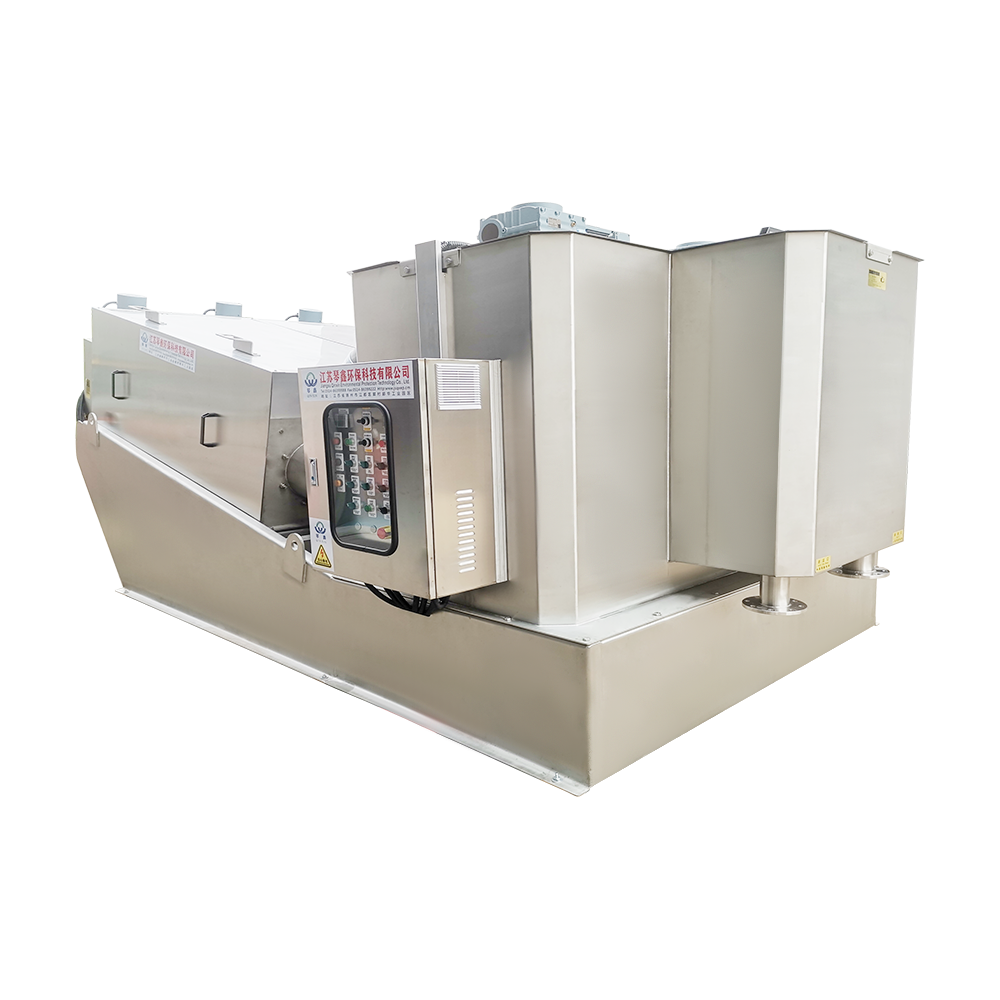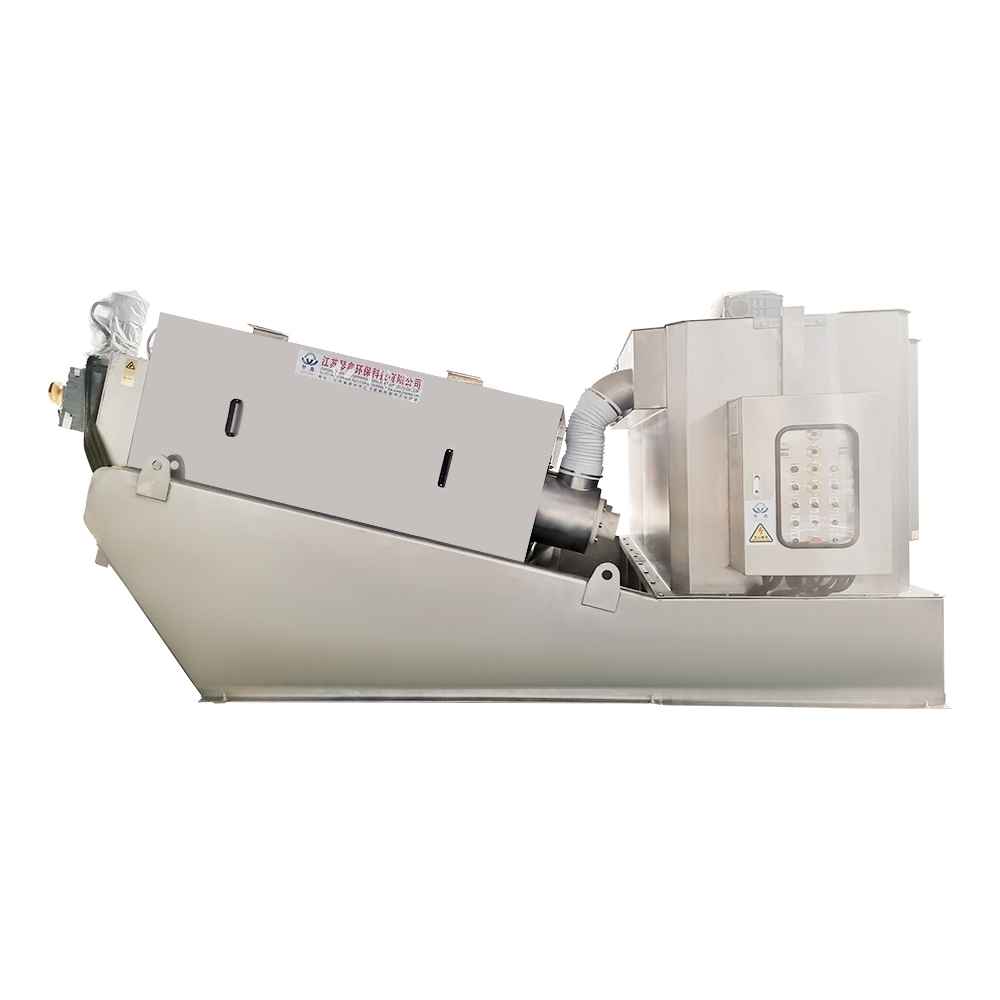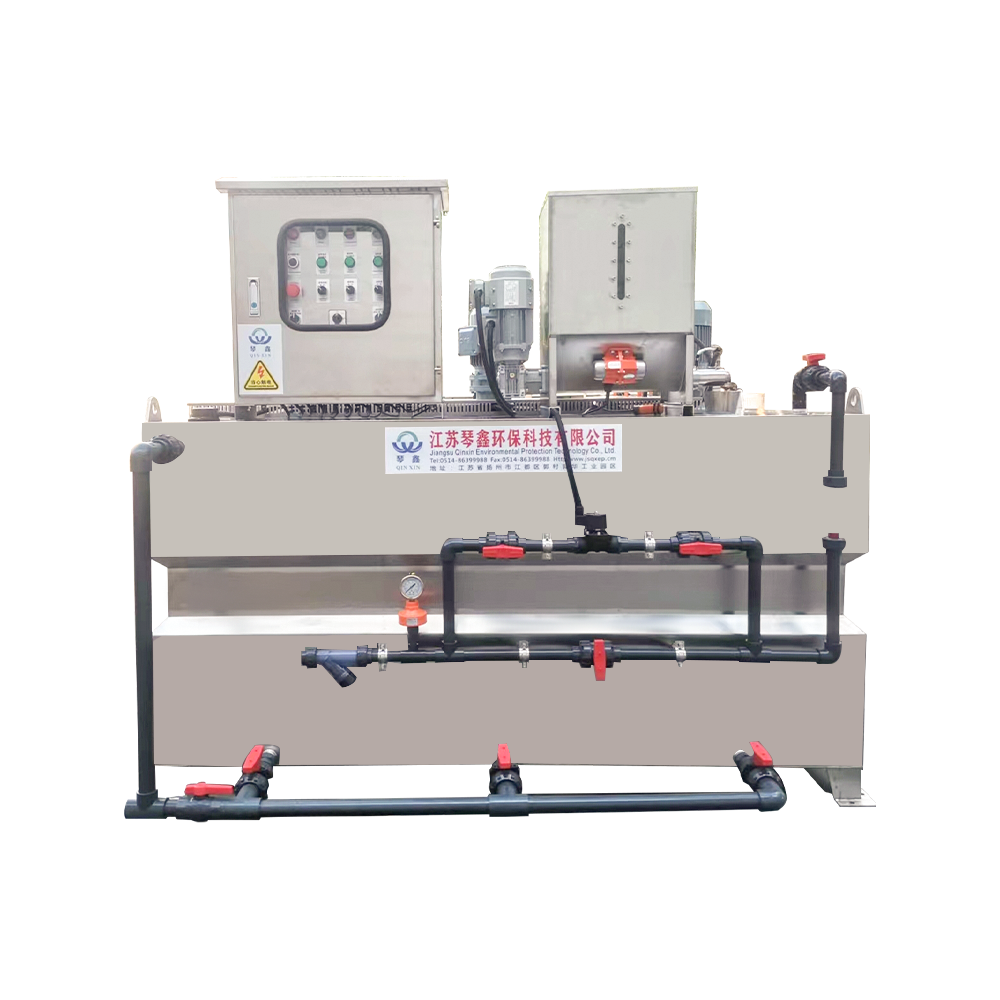Sludge low-temperature drying equipment is a type of equipment that uses low-temperature forms to dry and treat sludge. It is now widely used because this type of equipment can be used for drying treatment of both domestic and industrial sludge. Therefore, it is highly favored by industries with demand. Although sludge low-temperature drying equipment has good effects, there are many things to pay attention to when using it. So what should be paid attention to specifically? Today, the editor will talk to you about the precautions for using low-temperature sludge drying equipment. Let's take a look together!
What are the precautions for using low-temperature sludge drying equipment? Because the sludge is mainly generated during the sewage treatment process, its main characteristics are low moisture content, easy decay, and odor, so it is necessary to dry the sludge. At present, low-temperature dried sludge is widely used in sludge treatment.
1. The method of using low-temperature drying of sludge will not change any properties of the sludge itself, which means that temperature will not cause degradation or quality issues of the sludge product. So, from both the perspective of sludge product quality and drying efficiency, there are many safety issues, so it is important to pay attention to reducing the temperature of the product as much as possible, that is, reducing the ignition energy of dust explosions. During the use of sewage treatment equipment, many people may encounter situations of spontaneous combustion and explosion. In this case, temperature is the main issue, and industrial safety can only be determined by reducing dust concentration and suppressing combustion.
2. Low-temperature drying is to analyze the composition of sludge, determine the drying process, and pass the sludge drying process, paying attention to sludge testing during the drying process. It should be tested for its water content, oil content, acid-base corrosiveness, and sand content. The dry sludge testing related to sludge disposal includes bacterial calorific value and organic matter content.
3. Regardless of the type of sludge treatment, the treatment process involves using industrial pollutants as raw materials to return to the supply process, so all pollutants are lost raw materials in the intermediate process, and of the lost media is water. Therefore, removing water will reuse a large amount of pollutants, and the low-temperature drying of sludge means that after removing water through technical means, a large amount of pollutants will continue to be utilized.
4. It should also be noted that the application of low-temperature sludge drying technology is to reduce the sedimentation rate of sludge to a certain extent. There is a possibility of incineration, and the heat obtained from combustion can meet the needs of partial or even complete drying. Whether it is manufacturing building materials or daily waste discharge and sewage treatment, reducing water content is a crucial issue. Therefore, low-temperature drying of sludge is a step in the resource utilization of sludge.
Recommended Products
Products provided by famous enterprises are deeply trusted by users.
 TOP
TOP
 ENG
ENG
 English
English русский
русский Español
Español Tiếng Việt
Tiếng Việt ไทย
ไทย
